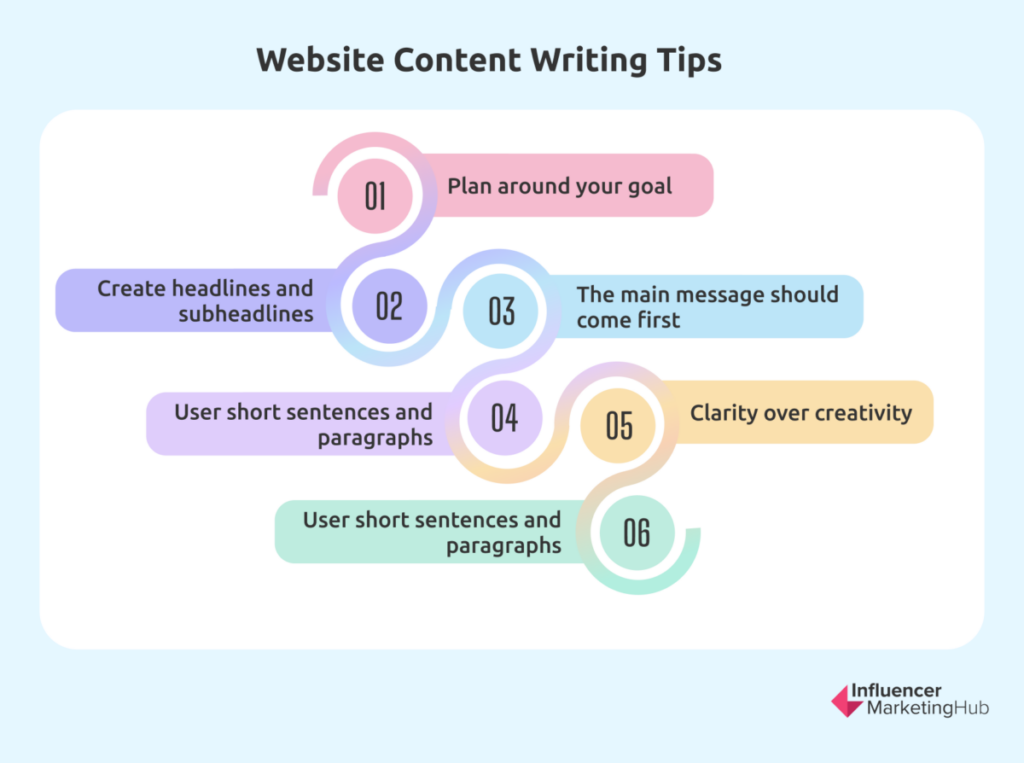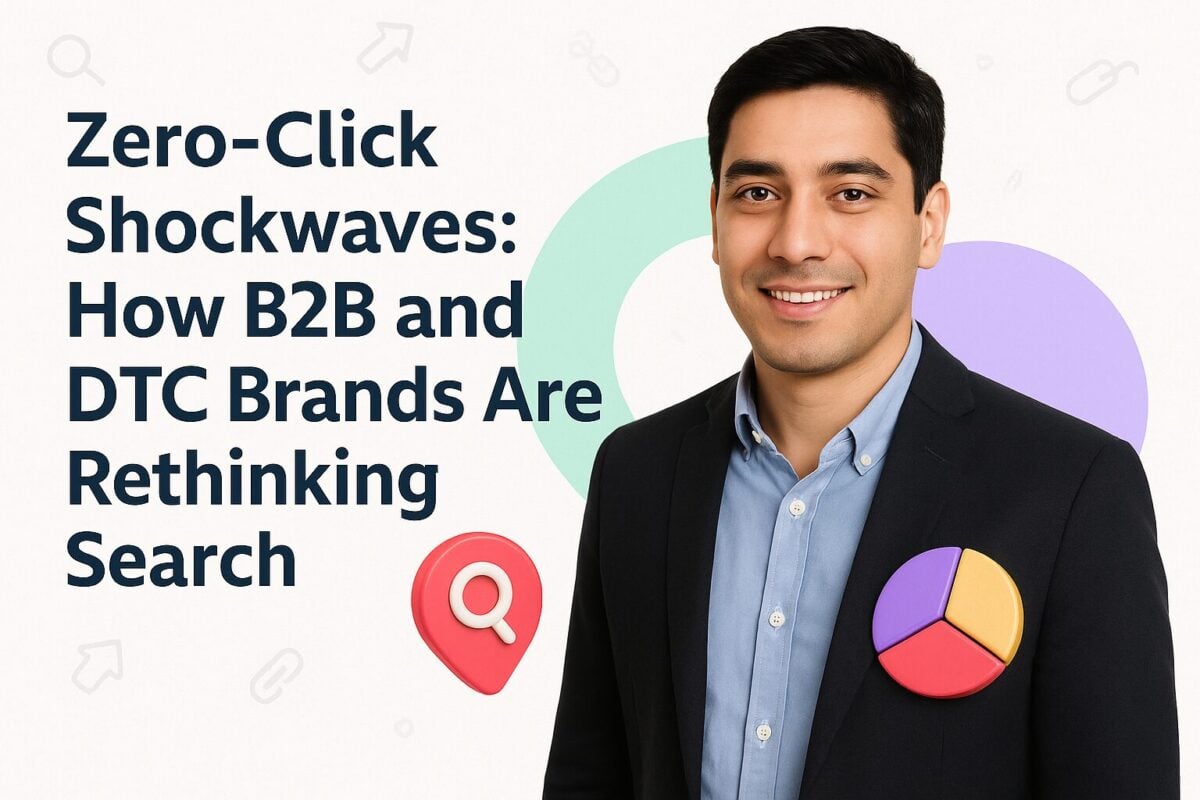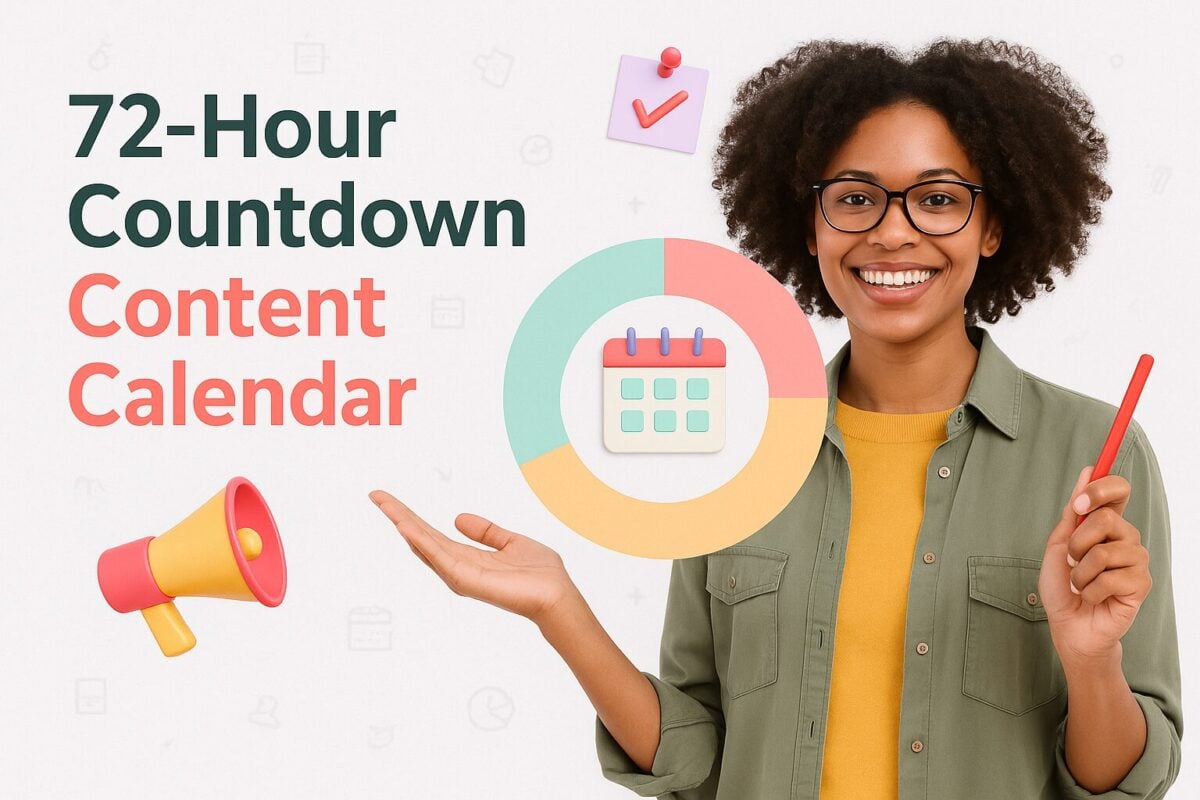We hope you’ve never landed on a website only to be greeted by the infamous “lorem ipsum” text. While it has a huge role to play, it’s always in the background. It takes time to write for the web (even if you use AI copywriting tools). Your design team can’t always wait for your copywriters and with a placeholder text generator there’s no need.
The good news is that you don’t have to type nonsensical words manually to create placeholder text for your website content. Instead, you can use our tool to automate the process. All you need to do is add the character count or the number of words, sentences, or paragraphs and click on generate.
Lorem Ipsum Generator Lorem ipsum dolor sit amet, consectetur adipiscing elit. Aenean scelerisque, est aliquet lacinia finibus, leo justo egestas nibh, eget pulvinar nisl lacus sit amet nunc. Maecenas consequat leo at blandit porttitor. Aenean eu nisl id dolor aliquam suscipit. Cras efficitur dolor felis, ut efficitur leo ornare ac. Donec sagittis metus a libero aliquam, a congue ante faucibus. Sed posuere lacus a justo sagittis tincidunt. Etiam tempor iaculis neque, et dictum lorem elementum id. Nullam bibendum nisi et massa placerat mollis. In suscipit maximus elit, et convallis risus tempor eu. Donec maximus ullamcorper tortor, in semper erat malesuada quis. Proin nec massa enim. Aliquam in sapien et risus volutpat ornare a non purus. Curabitur feugiat quam eu ipsum molestie, quis vulputate lorem tempor. Proin felis orci, accumsan ac aliquam id, suscipit in augue.
What’s the Meaning of Lorem Ipsum?
If you assumed that the “lorem ipsum” (aka lipsum) had to mean something in a foreign language, you’d be mistaken. This go-to placeholder text’s origins is thought to be linked to an unknown typesetter centuries ago who mixed up parts of one of Cicero’s dialogues.
While the text itself doesn’t mean anything, it serves a huge purpose. It helps to create a block of text that uses paragraphs, sentences, and words that vary in length, helping to mimic what text typically looks like. This helps to make it look real.
It’s hard to trace its first use. However, resources suggest that its popularity dates back to the 1960s when it was used by Letraset, a company primarily known for manufacturing sheets of artwork elements and typefaces with the dry transfer method.
It’s especially popular in website design where it’s commonly used in website templates and other types of designs. That said, it’s never meant to be used on live websites. It’s merely dummy text that makes designing your website easier.
What Are the Downsides?
While this placeholder text is very convenient, some argue that it prioritizes design over content. Sure, it helps you to focus on elements like color schemes and website layout.
However, in real life, sentence structure is less versatile. You can’t simply cut a word where you desire so that it fits in with the flow of the rest of your website.
Should You Use It and When?
While the “lorem ipsum” text isn’t perfect (or grammatically accurate), it remains valuable. It’s especially useful if you want to design templates.
It’s also useful if you want to make draft copy less distracting. If you use the first draft of your actual website copy, you run the risk of focusing on fixing the text. Your team can start to nitpick about where to add a comma and word selection instead of improving other aspects like the use of white space, appearance of navigation menus, etc.
It also helps to prevent you from stalling. In the meantime, designers can continue with their work and use “lorem ipsum” while copywriters can perfect the website copy. Without placeholder text, your design team will have to wait for your content writers before they can move forward.
You can even show drafts of what the website will look like to clients before the content is ready. If you want to go this route, just ensure that clients know that it’s merely dummy text and that it will be replaced.
While it’s still okay for your clients to see this text, it should never make it to a live website (unless you’re selling templates). Always double-check that you’ve replaced all of the “lorem ipsum” text on all the pages before publishing your website.
Tips for Writing Website Content
1. Plan around your goal
After generating your placeholder text, you’re going to have many drafts. And, before that, you’ll probably first create a mind map of some sorts.
Writing is a process and it’s best to know what your goal is before you hit the keyboard. What do you need to write about? Why do you need to write about it? Do you need to create brand awareness? Is it more profit oriented and you need to drive sales?
Basically, what do you want website visitors to do after they’ve read a specific web page’s content? Do you want them to trust your brand or is it more important that they buy a product?
It’s important to note here that not all your website content will have the same goal. Some pages (like blogs) will concentrate on offering value to your target audience’s pain points. Other pages (like service categories) will focus more on your brand. And, basically all your content pages will also work towards boosting your ranking on search engines like Google.
Here’s the thing. If you first take the time to identify your goal and then plan with that goal in mind the final piece of content will be more cohesive and compelling. Plus, it helps to curb writer’s block.
2. Create headlines and subheadlines
Two key elements that you need to add to your placeholder text are headlines and subheadlines. These are critical for multiple reasons.
Firstly, compelling headlines and subheadings encourage website visitors to read further. This helps to reduce your bounce rate.
Secondly (and this is a big one), it improves readability. It makes it a lot easier for your website visitors to glean what a particular page is about. What’s more, they can skip ahead to the section that’s relevant to them.
Thirdly, it helps with social sharing. A catchy, relevant blog post heading also makes it more share-worthy.
So, what makes a heading or subheading effective?
Headlines that get results are short and specific. Try to give your readers a reason to continue reading, in other words how can they benefit. What makes your content useful? In the case of blog posts, what makes it unique (aka better than competitors)?
You’ll also need to keep keywords in mind. You think you might be only writing for your target audience, but in order to reach them you’ll also need to write for the search engines.
3. The main message should come first
In addition to your overarching goal, your different web pages will also be centered around a main point. For example, if you’re writing web content for your About Us section, you’ll focus on your unique selling proposition.
For best results, don’t wait too long before you introduce this main message. Unlike a live event where you can afford to leave the best for last, this approach won’t get you positive results when writing for the web.
The reason for this is that internet users typically scan website content. This means that you need to grab their attention immediately.
4. User short sentences and paragraphs
This is a big one. It’s also one area where your final copy will probably look quite different from the mock copy.
Sure, you need to vary your sentence and paragraph length (something which text generators are exceptionally good at). However, the use of long sentences and paragraphs should be restricted.
Just like headings and subheadings, short sentences improve readability. It helps readers to scan the text.
To help you shorten your sentences, ensure that all your words serve a goal. They should improve the value of the content and be relevant.
There should also be a logical flow between your different sentences and paragraphs. Basically, the copy needs to draw them in and keep them on the page till the last sentence.
Considering that increasingly more users are browsing via their mobile devices, short sentences and paragraphs become even more important. As they’ll use a much smaller screen to interact via your website content, what you thought might be short will appear much longer on a smartphone or tablet.
5. Clarity over Creativity
Keeping your message clear is more important than dazzling them with your writing prowess. Yes, effective website copy is compelling. However, the primary goal is that your target audience has a clear understanding of your offering.
If you need to include examples to clarify a sentence, try to add three examples. Aside from ensuring that the message will be clearly understood, it has a certain psychological effect on your readers.
It’s similar to the rule of thirds that guides visual design. Basically, it helps to organize different elements in such a way that there’s better balance and harmony. It also helps to speak to audiences in an aesthetically pleasing manner.
Aside from applying this rule of thirds to the inclusion of examples, you can also use it to structure your content. For shorter pages, this means you’ll have your intro, body, and conclusion. For longer texts, it’s best to identify three main concepts that you’ll explore.
Another way to ensure your sentences remain clear is to use active voice. When using active voice, the person or thing that performs the action will be the subject of the sentence. Compared to passive voice, active voice is easier to understand. It’s also more powerful.
6. Include call-to-action prompts
Adding call-to-action prompts (aka CTAs) is another way that you can make your text easier to read. It fulfills a similar action to a heading. Instead of telling readers what a passage is about, it tells them what they’re supposed to do next.
There are also various types of CTAs that you can use. Not everyone needs to revolve around buying a product. Other popular actions include:
- Signing up for an email newsletter
- Following you on social media
- Subscribing to your blog
- Reserving a spot at the next webinar
This is something that text generators typically won’t be able to create for you, though. Luckily it doesn’t call for rocket science or a degree in linguistics. You’ll typically start with a verb (aka an action word) and add one or two more words.
They should be short. However, avoid using simply a single word. Just like your text, it needs to be clear and to do that you’ll need at least two words.
Wrapping Things Up
The commonly used “lorem ipsum” placeholder text might not have any meaning, but it doesn’t take anything away from its value. It has an important role to serve and can help you to visualize what the end product will look like.
Unlike the obscure, nonsensical Latin phrases, your writing should be clear. This means that the words that you choose to use should be easy to understand. The way you structure your sentences and paragraphs should be easy to scan.
Aside from the grammatical aspects, your message should also be clear. Whatever you decide to add should link your business with solutions. Avoid negativity.
At the same time, not everything should be about buying or your business. Center your copy and design around your customers and your offering will become the center of their world.
Frequently Asked Questions
What Is the Purpose of Lorem Ipsum in Web Design?
Lorem Ipsum is used as placeholder text in web design to simulate how the final text will look within a layout. It helps designers focus on the visual aspects of a website—such as fonts, colors, and overall structure—without being distracted by the content itself.
Why Should I Use a Lorem Ipsum Generator Instead of Typing It Manually?
Using a Lorem Ipsum generator saves time and ensures consistency in the amount of placeholder text. Instead of manually typing random words, a generator can create a specific number of characters, words, sentences, or paragraphs, allowing designers to quickly fill in text areas and maintain the flow of their work.
Are There Any Downsides to Using Lorem Ipsum Text?
While Lorem Ipsum is valuable for design purposes, one downside is that it can shift focus away from content quality. Since the text is nonsensical, it doesn't represent real content, which might lead to overlooking how actual copy will fit and flow within the design, potentially requiring adjustments later.
When Is It Appropriate to Use Lorem Ipsum on a Website?
Lorem Ipsum is best used during the design and development stages of a website when the actual content isn’t ready. It should never appear on a live website unless the site is a template for sale. Always replace Lorem Ipsum with the final content before publishing.
How Does Lorem Ipsum Affect the User Experience During Design Reviews?
During design reviews, using Lorem Ipsum can help stakeholders focus on the layout, navigation, and aesthetic elements without getting distracted by content. However, it's crucial to ensure that everyone understands it’s placeholder text to avoid confusion or miscommunication about the final copy.



